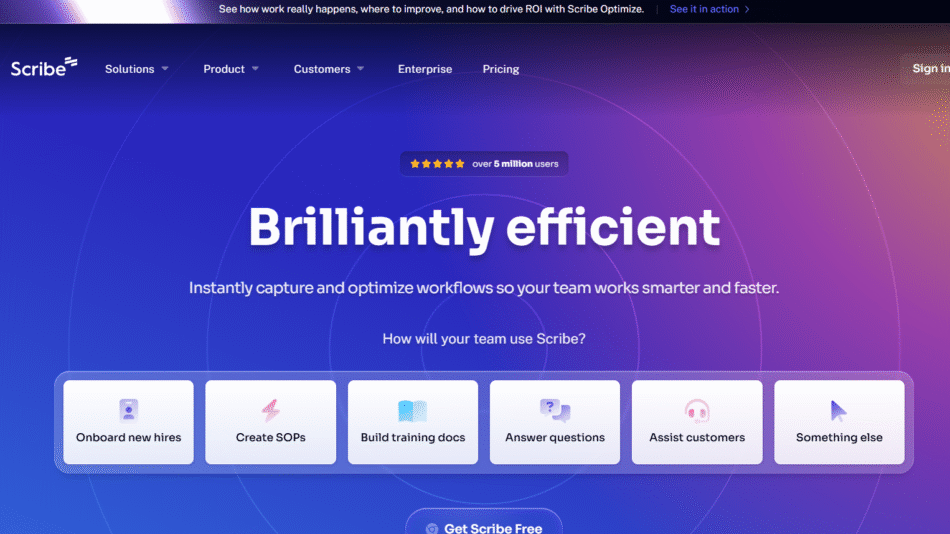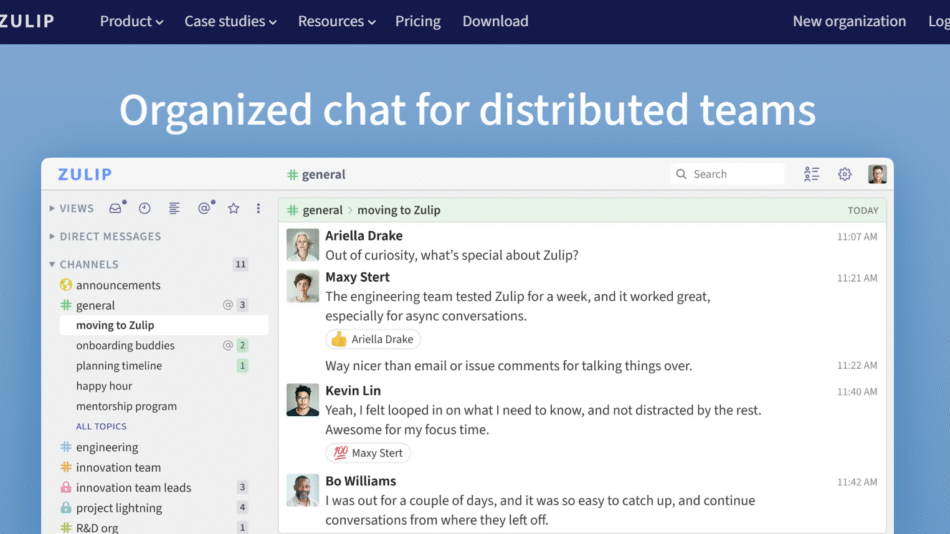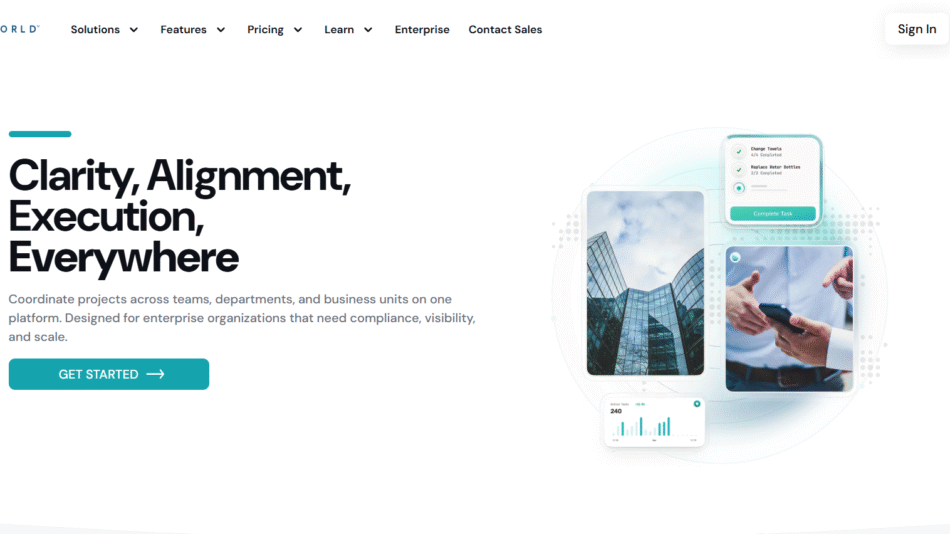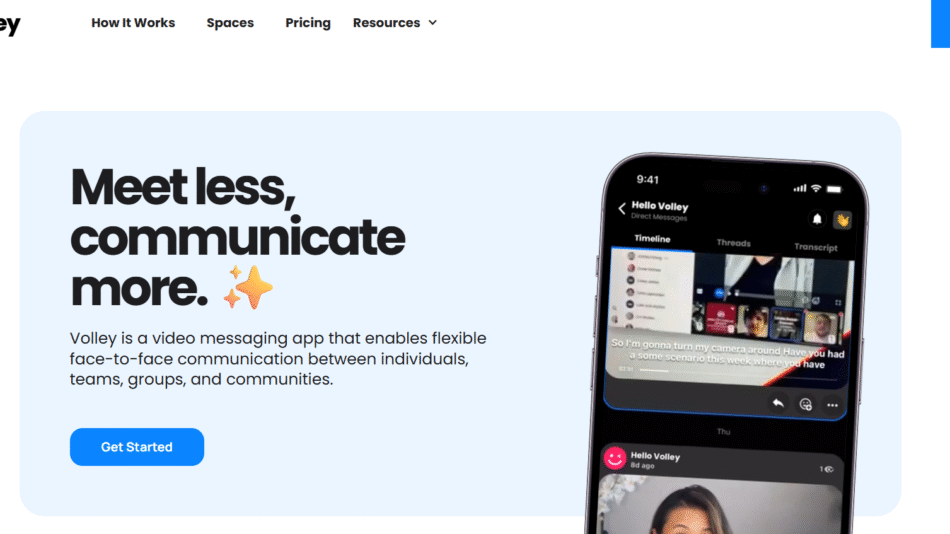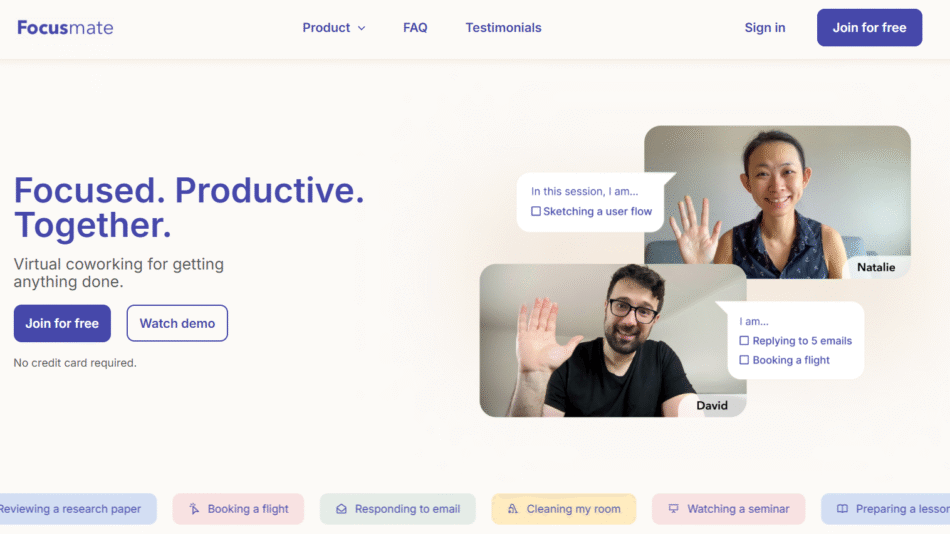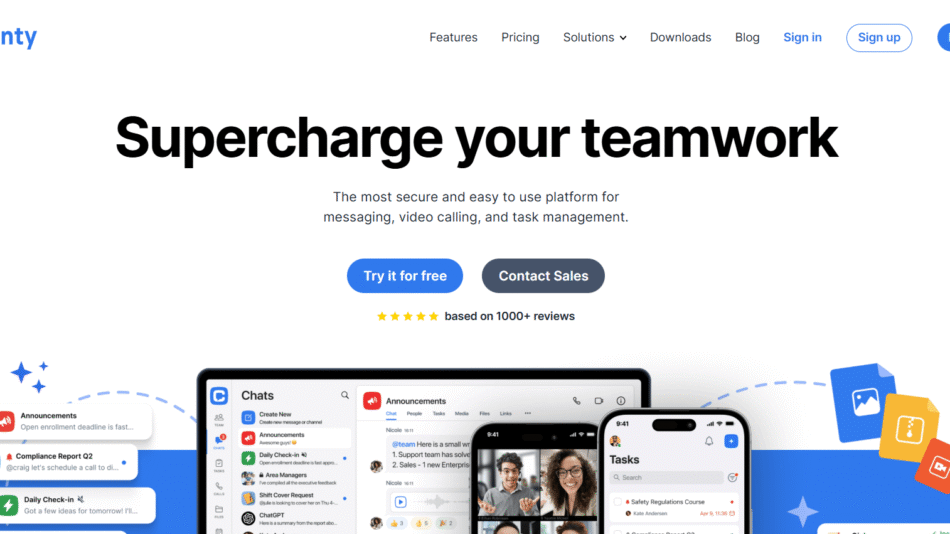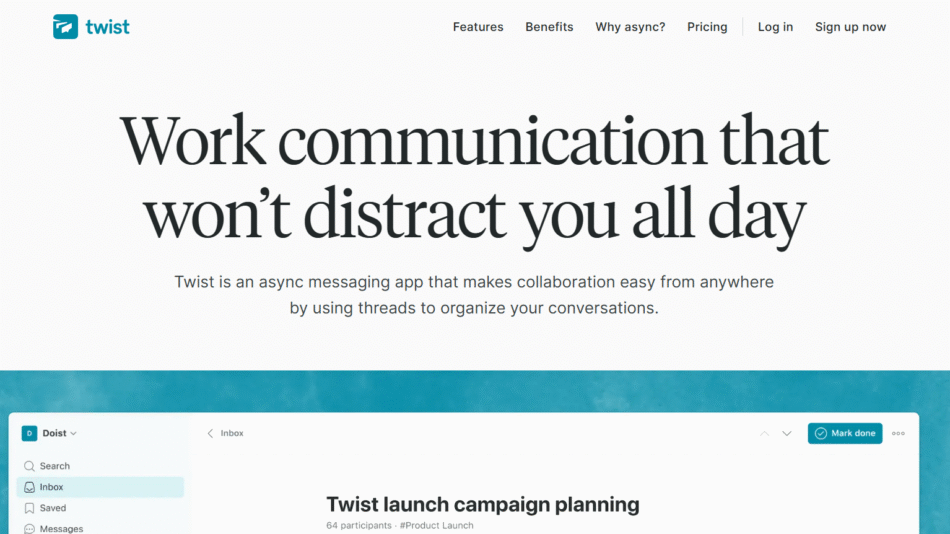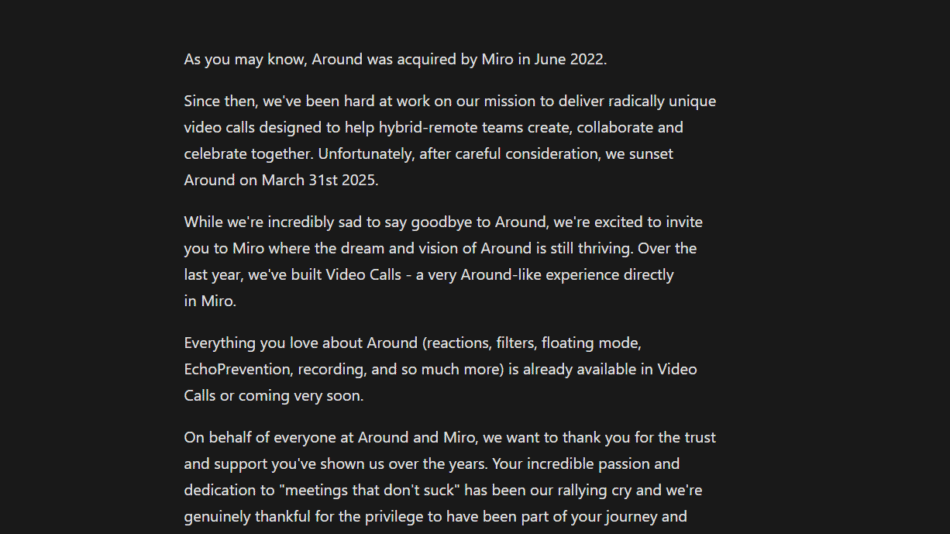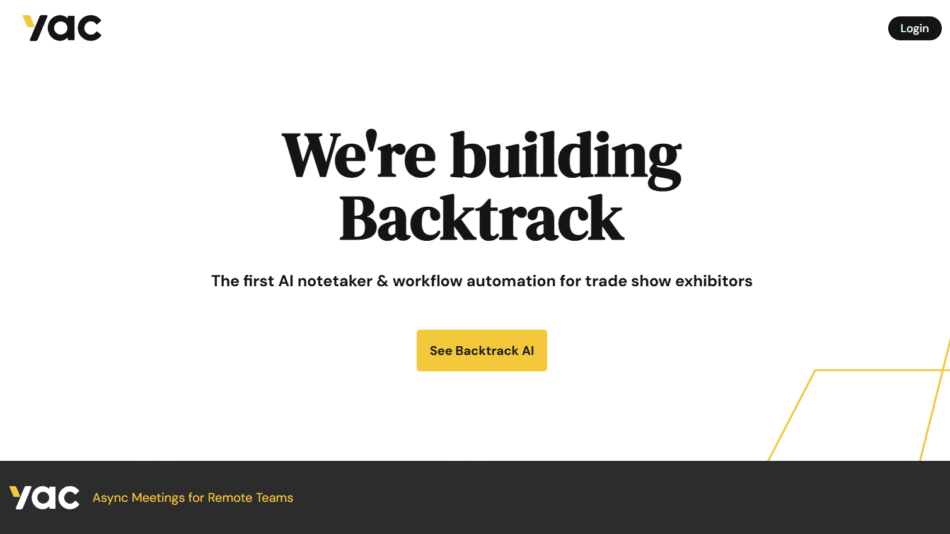Qwak is a fully managed MLOps platform that enables data science and machine learning (ML) teams to take their models from development to production, seamlessly and reliably. Designed for fast-growing companies and enterprise teams alike, Qwak offers tools to build, deploy, monitor, and manage ML models at scale without the need to build internal infrastructure.
With Qwak, data scientists can focus on creating value with models rather than handling DevOps complexities. The platform supports model versioning, feature store integration, real-time and batch inference, CI/CD pipelines, and performance monitoring—all from a single interface.
By unifying all aspects of the machine learning lifecycle, Qwak shortens time-to-market for models and improves collaboration between data science and engineering teams.
Features
Model Training and Packaging
Qwak provides flexible training pipelines where data scientists can use familiar tools like Python and notebooks. Once trained, models are automatically packaged with their dependencies, ensuring reproducibility.
Automated Deployment Pipelines
Qwak simplifies deployment with CI/CD capabilities that enable users to deploy models into staging or production environments with minimal effort. Models can be deployed as real-time APIs or used for batch inference.
Integrated Feature Store
The platform includes a feature store that allows teams to store, manage, and reuse features across different models, reducing duplication and ensuring consistency in both training and inference.
Real-Time and Batch Inference
Qwak supports both real-time API-based predictions and batch processing for large-scale inference jobs. It handles the necessary infrastructure, autoscaling, and latency optimization.
Model Monitoring and Alerts
Once a model is live, Qwak tracks performance metrics, data drift, latency, and other KPIs. Alerts can be set up to notify teams of anomalies or degradations in real-time.
Experiment Tracking
The platform includes built-in versioning and experiment tracking so that teams can compare models, rollback changes, and maintain reproducibility over time.
End-to-End Governance
Qwak ensures that all steps from model creation to production are logged, versioned, and auditable. This is especially useful for teams operating in regulated industries.
Team Collaboration Tools
Data science, engineering, and product teams can collaborate on a shared platform with role-based access control and streamlined workflows.
Cloud-Agnostic and Scalable Infrastructure
Qwak can be deployed on AWS, GCP, Azure, or on-premise, with the ability to autoscale depending on workload and performance needs.
How It Works
Qwak acts as the bridge between machine learning development and production environments. The typical workflow includes:
Develop Models
Data scientists use Python and familiar libraries to build and train models locally or on Qwak’s training infrastructure.Package and Version
Models, along with their environment dependencies, are automatically packaged and versioned.Deploy with CI/CD
Teams can push models to staging or production using automated deployment pipelines with rollback support.Serve Predictions
Models are deployed as scalable APIs or batch endpoints, depending on the use case.Monitor and Improve
Qwak monitors models in production for performance degradation, data drift, or latency spikes and feeds this information back to the team for continuous improvement.
This full-cycle process is supported within a single UI or through Qwak’s APIs and SDKs, enabling both low-code and programmatic interactions.
Use Cases
E-commerce Personalization
Retail platforms can use Qwak to deploy recommendation systems or dynamic pricing models that adapt to customer behavior in real time.
Fraud Detection in Fintech
Financial services companies use Qwak to maintain and monitor fraud detection models that require high accuracy and low latency.
Predictive Maintenance in Manufacturing
Manufacturing companies rely on batch inference and sensor data models deployed through Qwak to forecast equipment failures and minimize downtime.
Churn Prediction and Customer Retention
Subscription-based businesses use Qwak to deploy churn prediction models that trigger customer retention workflows automatically.
Healthcare AI Applications
Healthcare providers can deploy diagnostic and triage models while ensuring governance and version tracking to meet regulatory requirements.
Pricing
Qwak offers custom pricing based on the size of your team, infrastructure needs, and use cases. As of the current data from https://www.qwak.com, exact pricing tiers are not publicly listed.
Key details:
Tailored pricing for startups, mid-size teams, and enterprise clients
Pricing factors include number of models, compute usage, and support level
Free demo available upon request
To get accurate pricing, prospective users are encouraged to book a demo via Qwak’s contact page or sign up for a consultation.
Strengths
All-in-one platform simplifies the end-to-end ML lifecycle
Minimal DevOps involvement needed for deployment and scaling
Real-time and batch inference support out-of-the-box
Integrated feature store reduces redundant work and improves consistency
Comprehensive monitoring with alerts for production environments
Supports cloud-native deployment and enterprise-grade scalability
Drawbacks
No free tier or public pricing may deter early-stage or individual users
Enterprise-focused feature set may be more than needed for small teams
Requires organizational readiness to adopt full MLOps workflows
May involve a learning curve for teams used to managing ML infrastructure manually
Comparison with Other Tools
Qwak is positioned as an all-in-one alternative to assembling custom MLOps stacks using tools like MLflow (experiment tracking), Seldon (model serving), Airflow (workflow orchestration), and SageMaker (managed ML platform).
Unlike point solutions, Qwak integrates the entire pipeline—from model training to deployment and monitoring—under one platform. This unified approach is particularly appealing to teams that want to reduce operational burden and accelerate time-to-market.
Compared to other end-to-end platforms like SageMaker or Databricks, Qwak offers more flexibility in cloud deployment and emphasizes developer-friendly automation without vendor lock-in.
Customer Reviews and Testimonials
Qwak is used by fast-scaling companies and AI-driven organizations such as Lightricks, Yotpo, and Lemonade. Users report major improvements in their ML delivery workflows.
Key feedback includes:
Faster time-to-production for models, often reduced from weeks to hours
Improved visibility and collaboration between data and engineering teams
Reduction in operational overhead and DevOps dependency
Specific testimonials from Qwak’s website and blog include:
“With Qwak, our data scientists can deploy models independently and monitor them without needing DevOps.”
“It’s like having a full ML infrastructure team in a box.”
For more user stories, visit Qwak’s Case Studies and Blog.
Conclusion
Qwak is a robust, enterprise-grade MLOps platform that empowers teams to build, deploy, and manage machine learning models efficiently and at scale. By integrating every component of the ML lifecycle—from feature management and model versioning to monitoring and CI/CD—Qwak allows teams to focus on innovation rather than infrastructure.
If your organization is looking to streamline ML operations, improve collaboration, and shorten time-to-value for models, Qwak is a top-tier solution worth evaluating. Its end-to-end approach is well-suited for companies seeking operational maturity in their machine learning practices.

